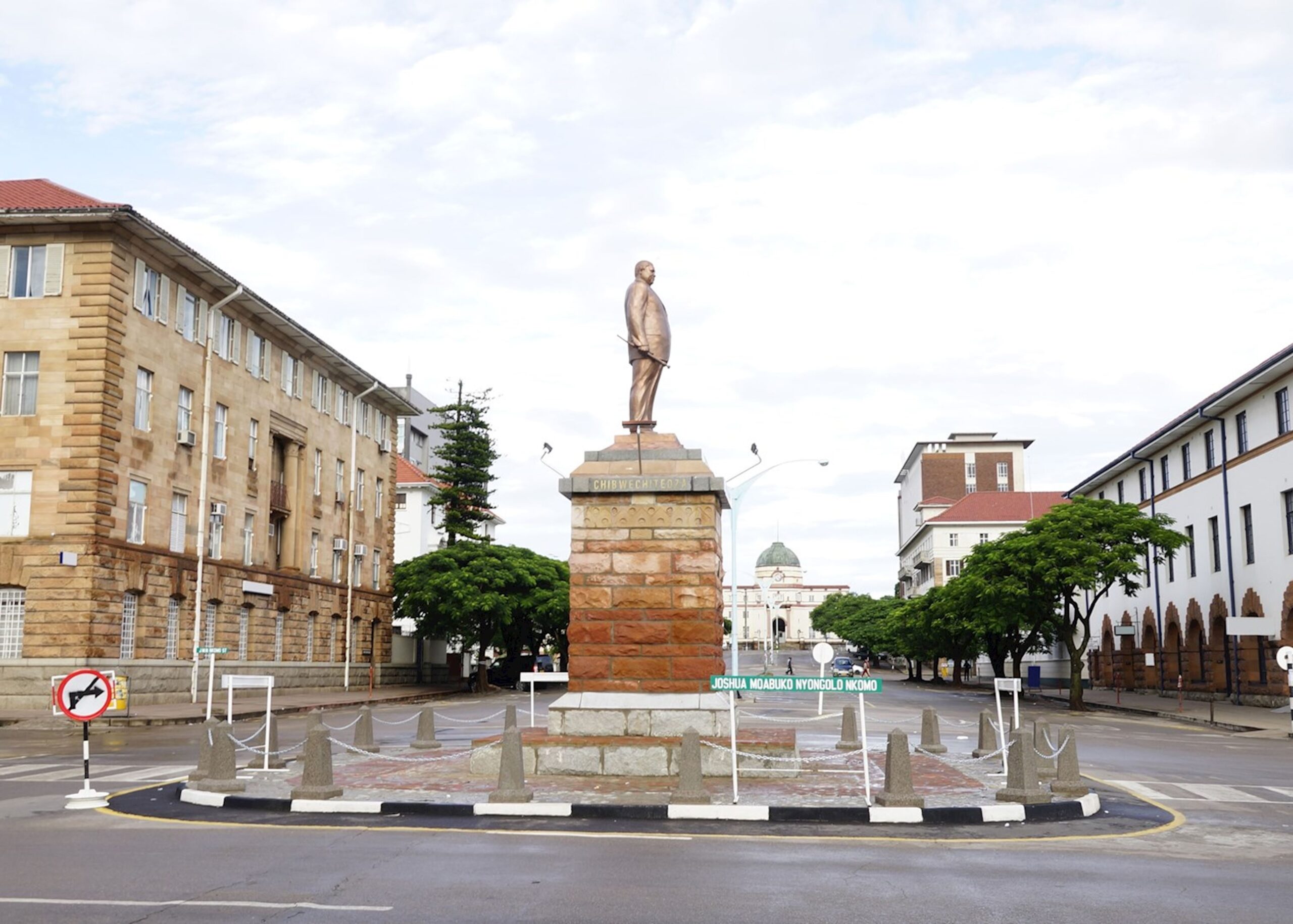New mining projects accelerate Matabeleland transformation
RENEWED investor interest in large-scale new mining investments in Matabeleland is expected to boost the region’s economy and accelerate the momentum towards the attainment of the US$12 billion mining milestone by the end of this year.
Spurred by the enhanced investor confidence, several new mining projects are at various stages of implementation in the Matabeleland region ranging from gold, lithium, and coal with investors pacing up infrastructure instalments in order to meet production targets while some are eager to beat deadlines ahead of the commencement of production before the end of this quarter.
The surface miner Wirtgen 2200 acquired by Contango Holdings
The London Alternative Investment (AIM)- listed miner, Contango Holdings, which is developing the Lubu Coal Project in Binga District, has in recent weeks taken delivery of key mining equipment such as a wash plant and a surface miner Wirtgen 2200 as it gears to commence full-scale production.
The surface miner has a cutting width of 2200mm, ideal for selective mining, and can mine up to 500 tonnes per hour. The assembling of the wash plant is now 75 percent complete and, once completed, crushing and screening will also be installed, the firm has said.
Contango Holdings is upbeat on prospects of transitioning into a fully-fledged and cash-generative production company towards the end of this quarter when first sales of coking coal are expected.
Multi-commodity firm – Premier African Mineral is also aggressively pushing to start massive lithium production in the first quarter at its Zulu lithium project in Insiza District. Installation of core infrastructure and ancillary components of the plant is almost complete.
Several other investment projects in the coal-to-energy value chain are being implemented in Hwange District, the heart of coal mining, and these are expected to bolster power generation capacity and supply side for the iron and steel sector, which is also being revitalised.
The coal-to-energy projects, which are being driven by new investors, mainly Chinese, as well as expansion projects by existing local companies, have started bearing positive fruit through increasing employment opportunities and development of social support infrastructure in communities they operate from.
Based on these projects and many more in other key mineral sub-sectors, the Government is confident that the journey towards the US$12 billion mining target by year-end is certain.
Ministry of Mines and Mining Development’s permanent secretary, Mr Pfungwa Kunaka, says the Government is impressed by the drive to implement the new projects, especially in the Matabeleland region.
“We are very much excited about projects that have been in the pipeline and are now coming to fruition. In Matabeleland, we have many projects in coal, gold and lithium, which are being set up. These projects are going to consolidate our movement towards the US$12 billion target,” he said in a recent interview in Bulawayo.
Mr Kunaka noted that in order for the country to derive maximum benefits from the new investments, certain supporting conditions have been set by the Government through proactive policy.
Mr Pfungwa Kunaka
“On coal production, there is heightened excitement and we have made it a requirement that new players should place priority on coke batteries, which is a value addition,” he said.
“Our view as Government is that the new mining firms are complementing the existing ones. Their coming on board does not mean the others (existing ones) will be negatively affected, there is consolidation in terms of them upscaling their economies of scale.
“They would also handle business better in terms of their markets. From where they are located, it’s an advantage in terms of employment creation and increasing the provincial gross domestic product.”
Chairperson of the Portfolio Committee on Mines and Mining Development, Edmund Mkaratigwa, said the mining investments in Matabeleland are remarkable.
Mines Parliamentary Portfolio Committee chairman, Edmund Mkaratigwa
“These are projects that would add to the attainment of the US$12 billion mining target by year-end.
The new firms would naturally inject positive competition to existing mines, it means they will be competing for the same markets and as such, they will have to undertake expansion programmes to keep pace,” he said.
Minister of State for Matabeleland North Provincial Affairs and Devolution, Cde Richard Moyo, is on record saying the Binga coal project was “massive” and has described it as a demonstration that Zimbabwe is indeed open for business.
“We are aware of this massive project in Lusulu and greatly thank President Mnangagwa and the Second Republic for facilitating such big investments in our province and the country as a whole,” he said.
Cde Richard Moyo
“No doubt this coal mining project will transform the entire Binga District in a big way through the creation of jobs for locals, associated infrastructure development, corporate social responsibility projects, and upgrading of Cross-Dete-Binga Road, among other benefits.”
Last November Caledonia Mining Corporation officially commissioned its US$67 million Central Shaft project, as well as a new 12MW solar plant at its Gwanda-based Blanket Mine.
The company has moved on to acquire Bilboes Gold Limited assets in Matabeleland North province at an estimated cost of US$53 million, as part of its expansion strategy.
Money – Image taken from Pixabay
In recognition of the region’s contribution to national gold output, Government has opened several gold buying centres in places such as Bubi and Gwanda with Central Bank subsidiary, Fidelity Printers and Refiners opening the latest branch in Maphisa last month to cater for miners in Matobo and Mangwe districts.
Under the US$12 billion mining roadmap, gold is expected to contribute US$4 billion, platinum US$3 billion while chrome, iron, steel diamonds, and coal will contribute US$1 billion.
Lithium is expected to contribute US$500 million while other minerals will contribute US$1,5 billion.
The Government expects that by 2030, the mining industry will be generating upwards of US$20 billion.-chronicle.co.zw









